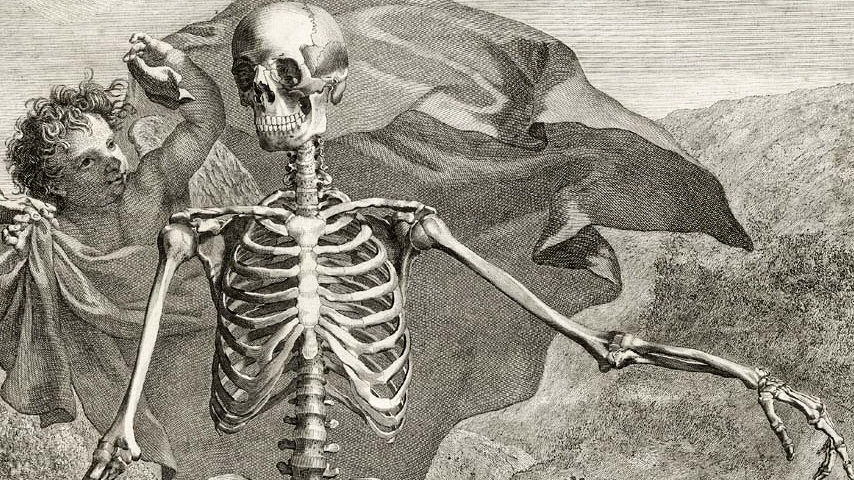He brought new methods to anatomy painting: Who is Bernhard Siegfried Albinus?
The skeleton and muscle drawings in the "Skeleton and Muscle Table of the Human Body" he prepared were the first application of this method and were counted among the most accurate anatomy drawings ever made.

(1697-1770) German anatomy scholar. He developed a new method for drawing anatomy plates. He was born on February 24, 1697, in Frankfurt an der Oder. His father, Bernard Weiss, was a professor of medicine at the university of the same city and adopted the Latin surname Albinus. When his father was called to the University of Leiden in the Netherlands, Bernhard Siegfried began studying at the same university (1712); He became a student of famous scholars such as Boerhaave.
He went to Paris in 1718 to study anatomy and surgery, but a year later he was called to the vacant chair of anatomy and surgery at Leiden University. He was appointed to the same chair in 1721. In 1745, he left the chair of the chair due to the deterioration of his health and devoted himself to the studies of anatomy and physiology. He was elected a Fellow of the Royal Society in 1764. He died in Leiden on September 9, 1770.
Bernhard Siegfried Albinus (24 February 1697 – 9 September 1770) was a German-born Dutch anatomist. He served a professor of medicine at the University of Leiden like his father Bernhard Albinus (1653–1721). He also published a large-format artistic atlas of human anatomy, with engravings made by Jan Wandelaar.
Prior to his original work, Albinus republished many important well-illustrated anatomy studies, with occasional additions of his own. For example, Vesalius published all his works together with Boerhaave in 1725, reprinting Fabricius ab Aquapendente's anatomy and embryology books in 1737, and Eustachi's reprinting forty-seven anatomy plates in 1744 can be counted among these works.
Meanwhile, he brought a new understanding to anatomy drawings, especially while preparing Eustachian's anatomy sheets for publication; He argued that in drawing an organ or a certain part of the body, starting from a single example would not give a healthy result, but anatomy "norms" could be reached after working on many examples. For example, a drawing showing a "normal" skull in correct proportions required meticulous measurements on countless specimens. Not content with this, Albinus also determined from which angles the object should be viewed in order to always see the relevant parts of the organ or object to be drawn in correct proportions. The skeleton and muscle drawings in Tabula Esceleti et Musculorum Corporis Humani (“Skeleton and Muscle Table of the Human Body”), which he prepared in 1747 with the help of the engraver painter Jan Wandelaar, were the first application of this method. It was counted among the most accurate anatomy drawings ever made.
